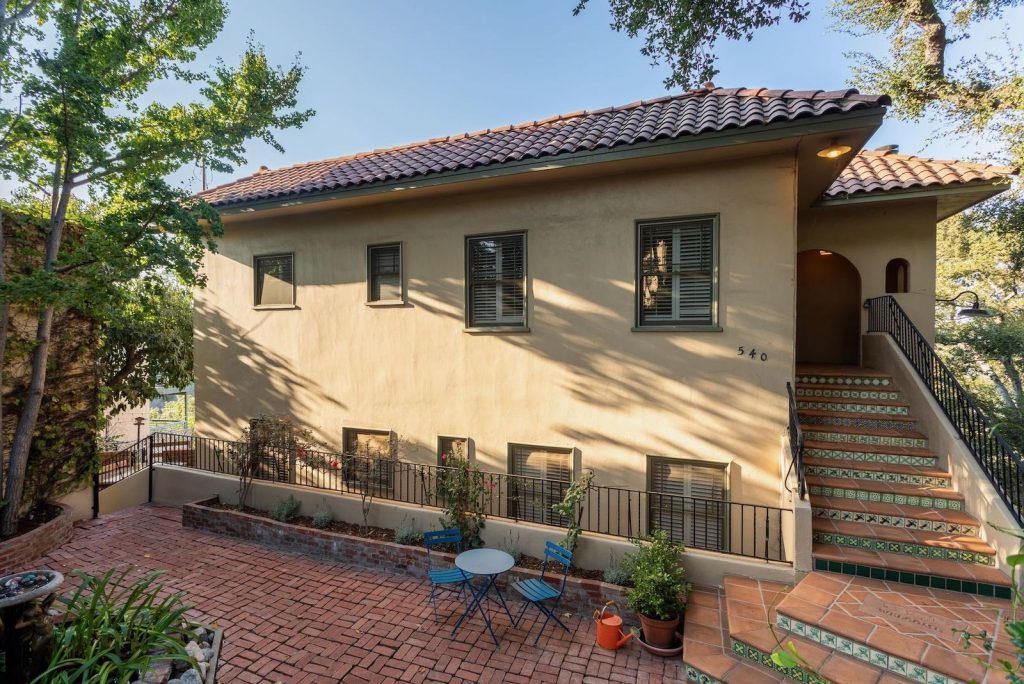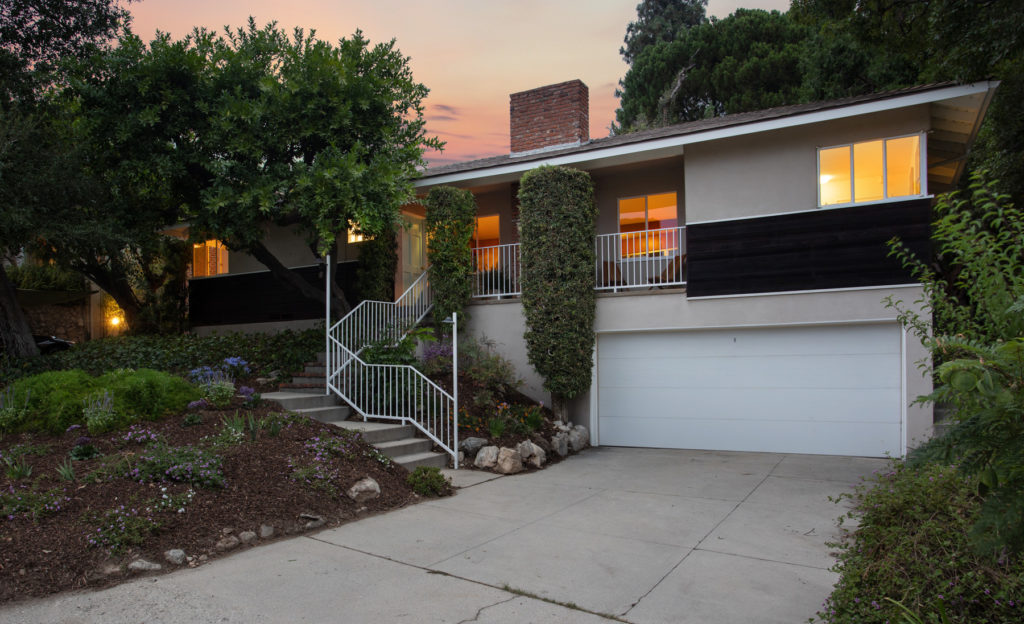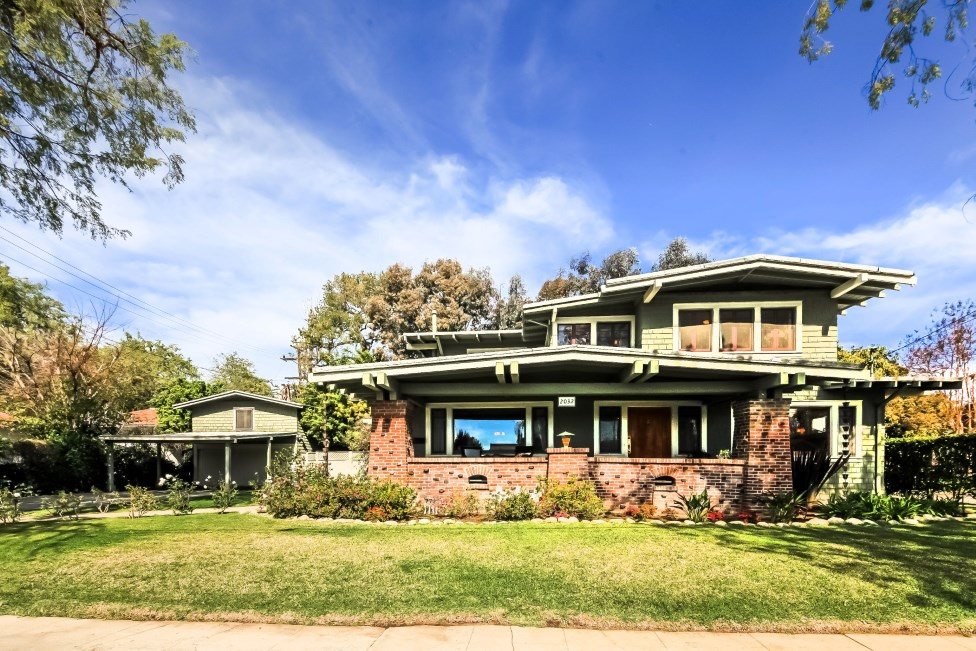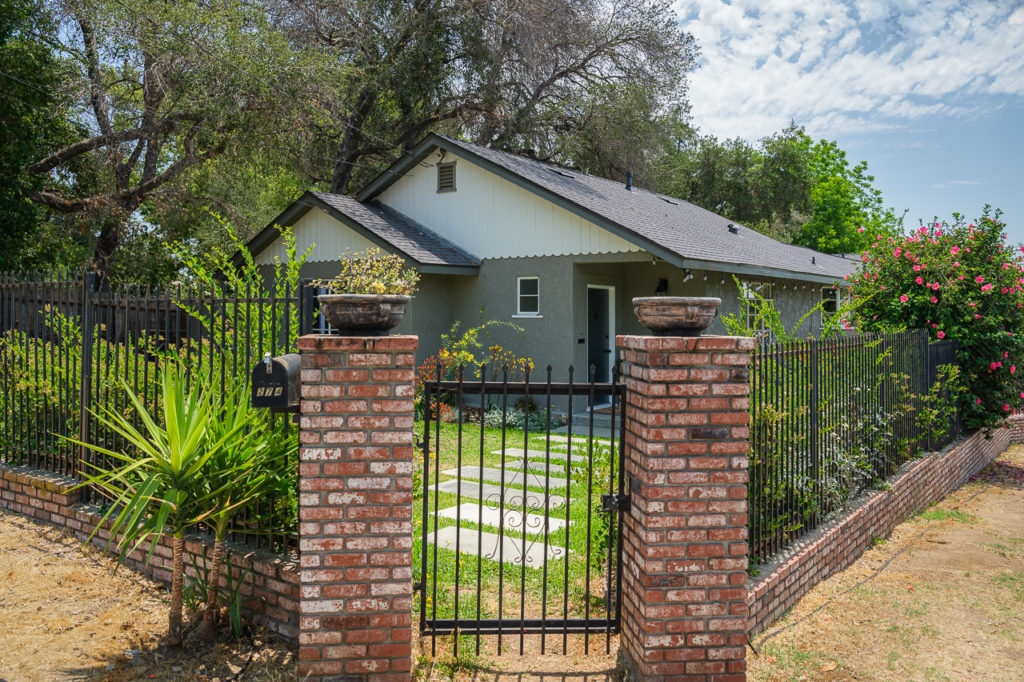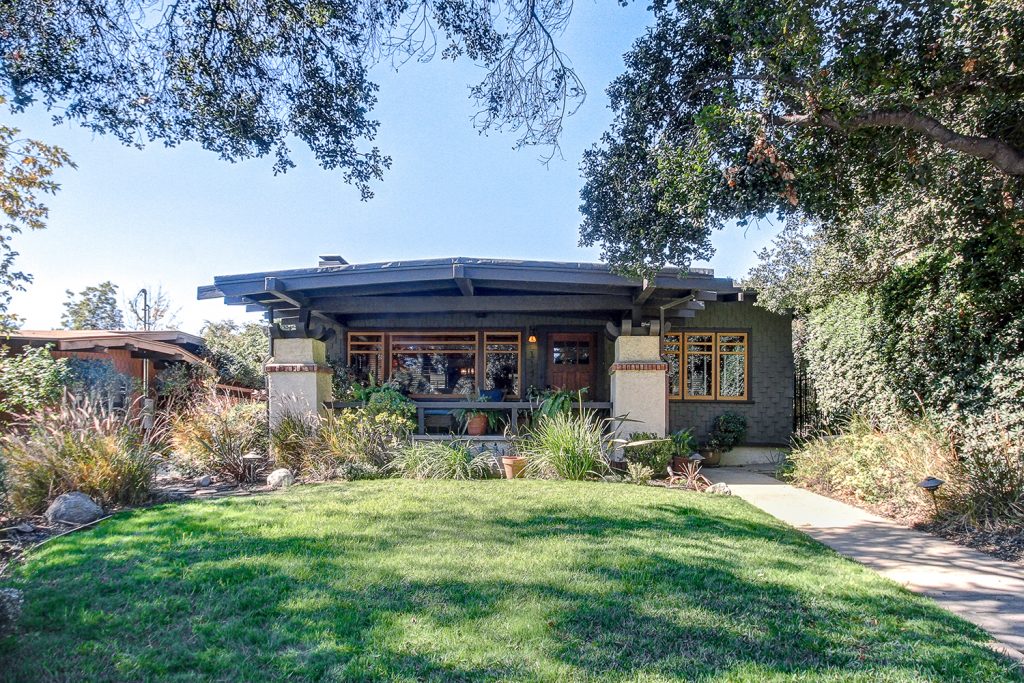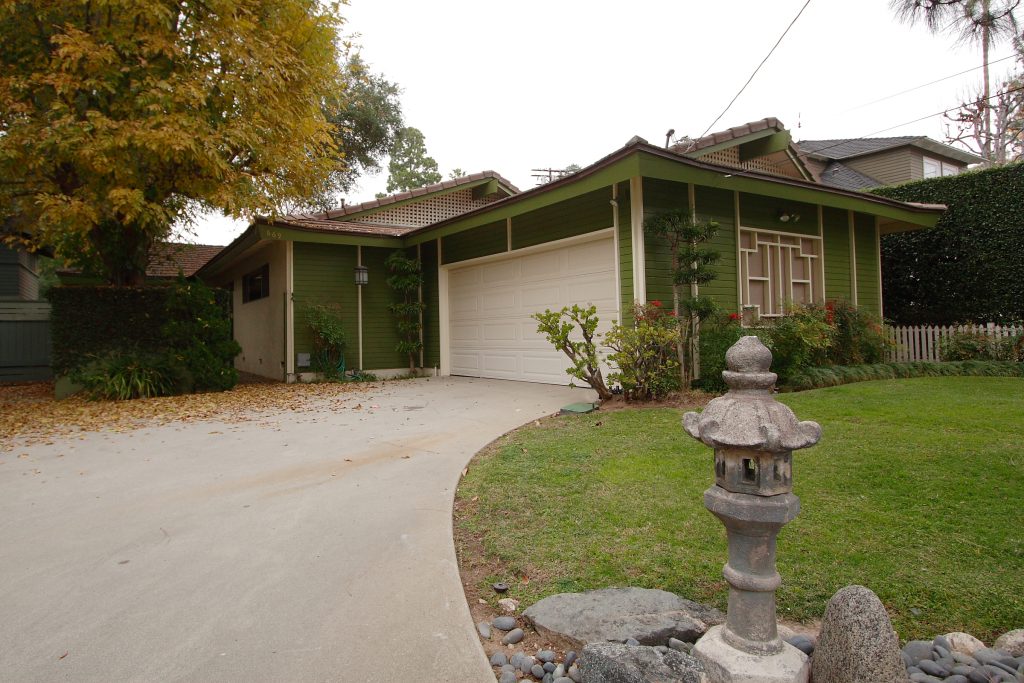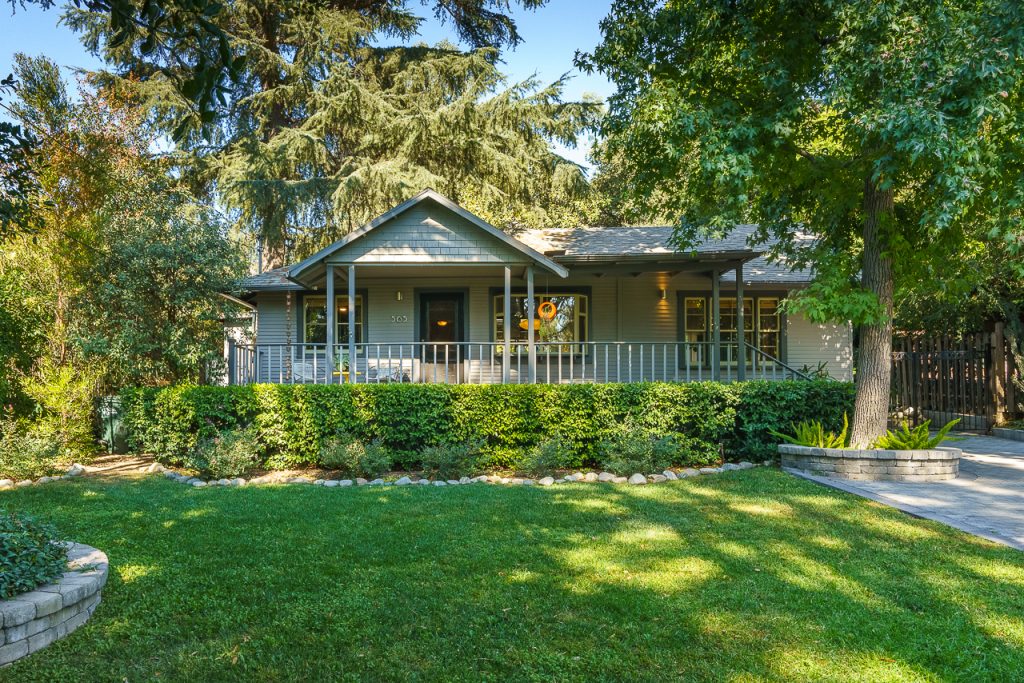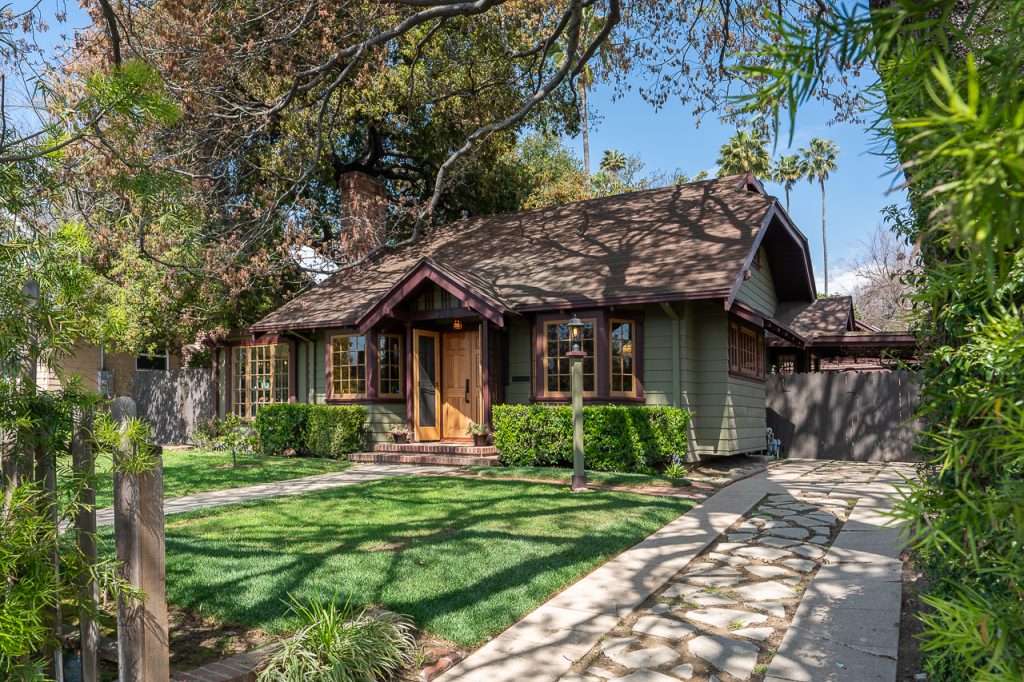Coldwell Banker
388 S. Lake Avenue,
Pasadena, CA 91101
office: 626.797.6500
Email: [email protected]
Housing Momentum Builds but Perils Persist
There’s new evidence the housing market is healing after a four-year slump, but the danger of further price drops remains amid persistent job-market weakness, according to The Wall Street Journal’s quarterly housing survey.
Inventories of homes listed for sale are down sharply across the U.S. and have reached very low levels in some areas, including Boston and Sacramento, Calif. The decrease in supplies has sparked a return of bidding wars on lower-end properties in some neighborhoods, but the national picture is mixed.
Fundamental market drivers look relatively strong in the metropolitan areas of Minneapolis, Raleigh, N.C., Dallas, Houston and Washington, D.C., where mortgage-default rates are below the national average and job markets are likely to outperform the U.S. as a whole, according to Moody’s Economy.com.
But other areas look decidedly less hopeful. Miami, Las Vegas, Phoenix, Orlando, Jacksonville and Tampa, Fla., had the highest rates of defaulting borrowers among the 28 markets surveyed. The weakest job-market prospects this year were found in Tampa, Jacksonville, Las Vegas, Atlanta, Detroit and Phoenix, according to Moody’s Economy.com.
In the Miami-Fort Lauderdale, Fla., area, about 28% of mortgage borrowers are behind on payments or in foreclosure, according to LPS Applied Analytics, compared with 8.6% in the Minneapolis-St. Paul area and 13.2% in the entire U.S.
Meanwhile, prices continue to stabilize in much of the nation. The S&P/Case-Shiller 20-city composite index in November edged up 0.2% from October on a seasonally adjusted basis. It was down 5.3% from a year earlier and was about 29% below the peak set in 2006. In Las Vegas, the index was up 0.1% from the previous month, but still down 56% from the peak in 2006.
“We’ll probably be seeing a fairly strong spring selling season” in most of the nation, said Jody Kahn, a vice president at John Burns Real Estate Consulting. Her recent surveys of home builders across the U.S. showed shoppers have been out in greater numbers in recent weeks and seem more serious about buying. “Consumers are starting to feel a little more comfortable” that the worst of the job losses are past, Ms. Kahn said.
A four-bedroom home in Woodbridge, Va., about 27 miles southwest of Washington, recently attracted 12 offers and sold for $217,000, far above the $175,900 asking price set by the foreclosing lender, said James Nellis II, an agent at RE/MAX Allegiance. The home had sold for $350,000 just two years earlier.
One reason for such bidding wars is that many buyers can qualify for tax credits of as much as $8,000 if they agree on a home purchase by April 30. Meanwhile, economists say mortgage rates—currently around 5% for standard 30-year fixed-rate loans—are likely to be at least modestly higher later this year as the Federal Reserve withdraws support for the market.
Analysts at Credit Suisse in New York say that rate could end the year at 5.10% to 5.25%. Mark Zandi of Moody’s Economy.com predicts 5.75%.
The number of homes listed for sale is down sharply across the U.S., according to the survey. The supply would last four months or less at the current sales rate in the Boston, Sacramento, San Diego and San Francisco areas. A six-month supply is considered roughly balanced between buyers and sellers.
Some builders said they were putting up more houses before receiving orders to be prepared for buyers seeking the tax credit this spring. “Don’t delay!” said a flier that KB Home, a national home builder, was handing out to prospective purchasers.
But foreclosures could soon put downward pressure on prices.
More than seven million households are behind on mortgage payments or in foreclosure, and lenders eventually will put many of those homes on the market. Unless the job market improves, it will be hard to find buyers for all those foreclosed homes and prices could again lurch lower.
There also remains a hard-to-measure “shadow” inventory of homes that will hit the market once more foreclosures are finalized.
Lenders haven’t even started the foreclosure process—which often takes more than a year—for about 2.5 million households that are more than 90 days behind on payments, according to data from LPS Applied Analytics. It wasn’t clear how many of those borrowers could be saved through loan modifications that cut payments.
Meanwhile, though the lower end of the housing market has generally gained strength over the past year, the market for higher-priced homes remains weak.










